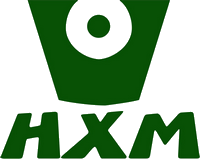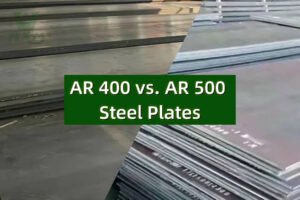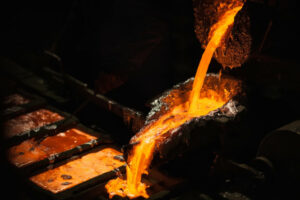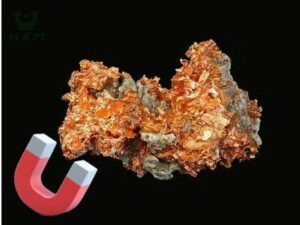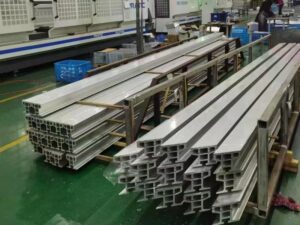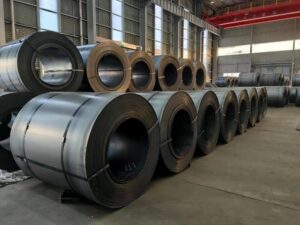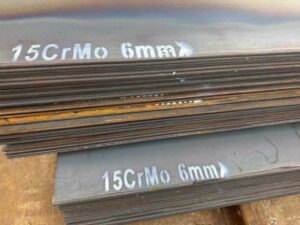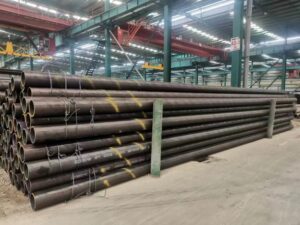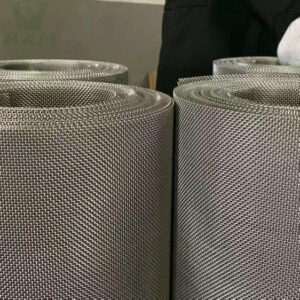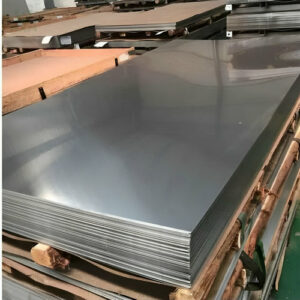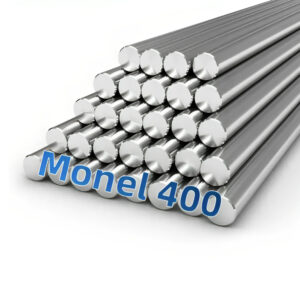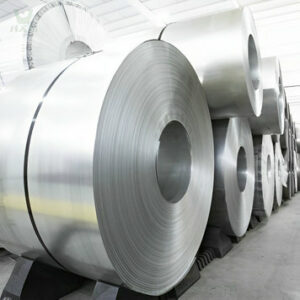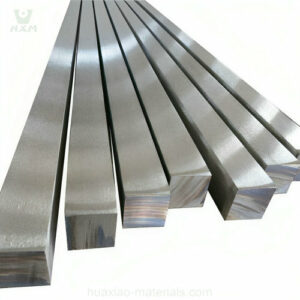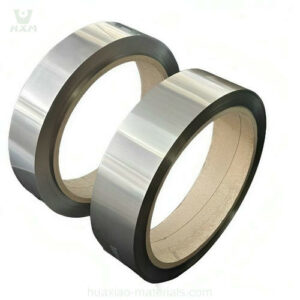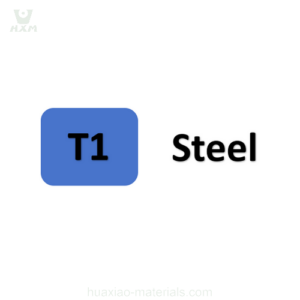The mirror finish on stainless steel sheets is achieved through a specialized polishing process that involves several steps and techniques. This process transforms the surface of the stainless steel from its initial state into a highly reflective and glossy mirror-like finish. Here are the key steps involved in achieving a mirror finish on stainless steel sheets:
Preparation: Before polishing begins, the stainless steel sheets are thoroughly cleaned to remove any dirt, grease, or contaminants from the surface. This ensures that the polishing process can achieve the desired mirror-like finish without interference from foreign particles.
Grinding: The initial step in the polishing process involves grinding the surface of the stainless steel sheet using abrasive materials. This step helps to remove any existing scratches, imperfections, or unevenness on the surface.
Buffing: After grinding, the stainless steel sheet undergoes buffing, which involves using progressively finer abrasive materials to further refine the surface. This step gradually smooths out the surface and prepares it for the next stages of polishing.
Polishing Compounds: Polishing compounds, which are abrasive pastes or liquids, are applied to the surface of the stainless steel sheet. These compounds contain fine abrasive particles that aid in achieving a high level of reflectivity and shine.
Buffing Wheels: Specialized buffing wheels, made of soft and absorbent materials, are used in the polishing process. The buffing wheels are rotated at high speeds, and they apply pressure to the surface of the stainless steel sheet while distributing the polishing compounds evenly.
Multiple Stages: The polishing process usually involves multiple stages, each using finer abrasive compounds and softer buffing wheels. This step-by-step approach gradually refines the surface and enhances its reflectivity.
Final Polishing: The final polishing stage involves using ultra-fine abrasive compounds and soft cloth buffing wheels to achieve the desired mirror-like finish. This stage brings out the maximum level of reflectivity and smoothness on the surface.
Cleaning and Inspection: Once the desired mirror finish is achieved, the stainless steel sheets are carefully cleaned to remove any residue from the polishing compounds. The sheets are then inspected for any remaining imperfections, scratches, or blemishes.
Protection: To maintain the mirror finish, a protective film or coating may be applied to the polished surface. This helps prevent surface damage during handling, transportation, and installation.
It’s important to note that achieving a high-quality mirror finish requires skill and expertise, as well as the use of specialized equipment and abrasive materials. The choice of polishing compounds, buffing wheels, and the specific techniques employed can influence the final result.
The mirror finish achieved through this polishing process provides stainless steel sheets with a visually stunning and elegant appearance, making them ideal for architectural, decorative, and aesthetic applications.
